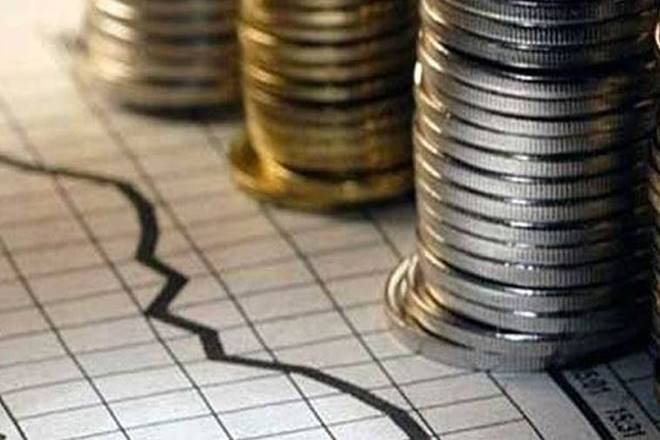Going into an election with GDP slowing for two quarters (it will be three once the Jan-March numbers come in) and at a 6-quarter low can’t be good news for a government, though the flipside is that the central bank can be expected to make another two rate cuts of 25 bps each over the next 2-3 monetary policy reviews due to sluggish growth and inflation remaining below target. From 8 % in Q1FY19, GDP growth fell to 6.6% in Q3FY19 — the last time growth was so low was in Q1FY18 when it clocked 6%. In fact, the quarter-on-quarter growth is the slowest in five years if you exclude the demonetisation quarter of FY17.
Much of this, of course, was to be expected and, indeed, the signs of how the Jan-March 2019 quarter will turn out are evident from the sluggish growth in aggregate credit, automobile and property sales. Weak agriculture growth is an obvious problem area and, given close to half the work force is employed in the sector, has implications for how sustainable private consumption can be. With growth in agriculture in FY19 now likely to be around 2.7% according to the latest GDP numbers — just a month ago, the FY19 estimate of agriculture growth was put at 3.8% — as compared to the 5% growth seen in FY18, this is a 46% slowing of growth. Indeed, with agriculture growth in the four years of the Modi government just 2.9% as compared to 4.3% in the UPA-2 period, the consumption bump was never going to sustain; more so if the common perception of a slowdown in jobs growth, or even a contraction, is correct.
The simmering NBFC crisis is another reason for the slowing of consumption since a lot of consumer durables were financed by this sector that is now paying the price for its scorching growth, while not paying enough attention to how sound the lending was. While the slowdown in NBFC lending appears to have been made up by a rise in bank credit growth, a lot of this is simply refinancing and so, the net availability of credit in the economy remains constrained. And with real estate sales far from picking up, and most real estate companies in trouble either because they overextended themselves or because the owners siphoned off funds, the NBFC crisis could get worse before it gets better. Indeed, while RBI’s attempt was to ensure no NBFC lacked funds when the IL&FS crisis first erupted, RBI has now raised risk weights so as to ensure that banks don’t over-lend to NBFCs without taking into account the risks.
While a good exports performance, mostly due to the rupee depreciating, ensured that the drag from net exports reduced in Q3FY19 — from 3.6% in the March 2018 quarter, exports growth jumped to 14.6% in the December 2019 quarter — this is unlikely to endure as global growth is slowing, and the world is also getting more protectionist. While the government could spend more in the fourth quarter of the year — growth in government expenditure fell to 6.5% in Q3 from 10.8% in Q2 — it is unlikely that this alone can boost GDP growth.
There has been, though, a slight pick-up in investment growth and the recent set of reforms — six airports were privatised, oil and gas pricing was eased and a new mining policy has been cleared, amongst others — is aimed at increasing this further. How soon this will take place, though, is not clear since sectors like telecom, for instance, are in trouble, and the power sector mess hasn’t improved either; indeed, as a proportion of GDP, FDI inflows continue to contract due to the unfriendly policy environment. In any case, no serious pick up in investment levels can be expected till the next government — even if it is the NDA coming to power again — is sworn in and investors get a sense that the investment regime is getting better.
For more updates: Like us on Facebook and follow us on Twitter & Instagram.





































